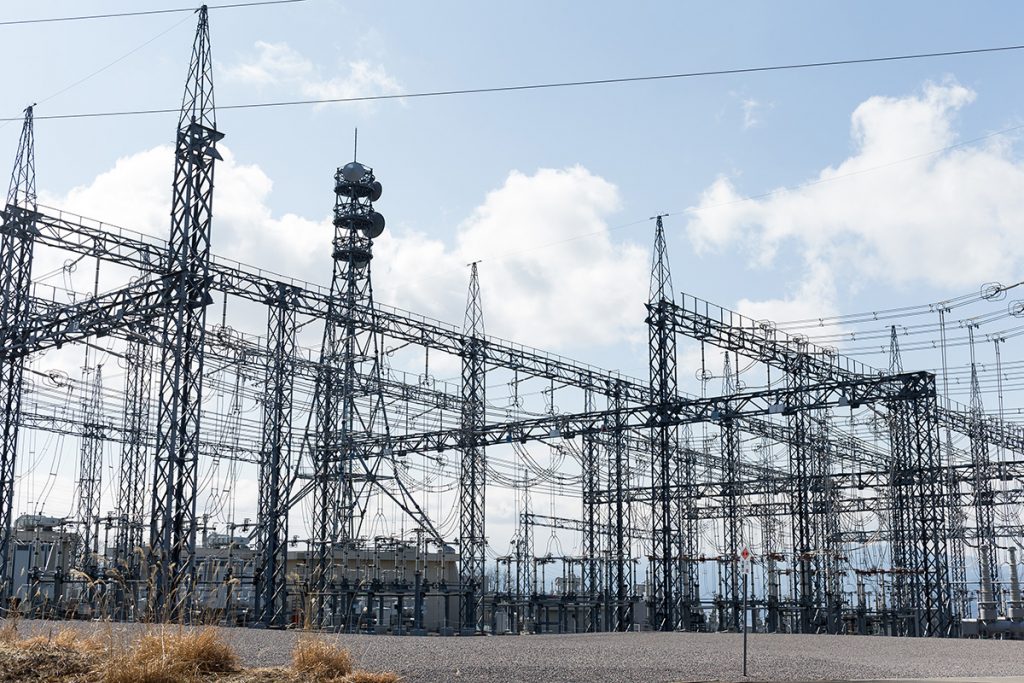

Most people are familiar with the term “earthing” in relation to electrical wiring, but earthing system design is a critical aspect of many other industries as well. Earthing system design helps to protect people and infrastructure from the potentially damaging effects of lightning strikes and other electrical hazards.
Earthing design is a process that helps to ground electrical systems and protect people from potential harm. It’s been used in many different industries over the years and has proven to be an effective way to keep people safe, you see this in your home with Residual Current Devices.
Benefits of Earthing System Design
Earthing design has been used for many years in a variety of industries in order to keep people safe from potential harm. The process involves grounding electrical systems (TN, TN-C, TN-C-S) so that they are less likely to cause injury or death if someone comes into contact with them. There are several benefits that come from earthing system design, including the following:
- Earthing design can help to prevent electrocution by grounding electrical systems, enabling the electrical protection system to operate before irreversible or fatal harm occurs.
- It can also help to reduce the risk of fires caused by electrical equipment.
- Earthing design can improve the safety of public spaces by reducing the risk of touch and step potential-related accidents.
The purpose of the earthing design is to provide a safe path for electricity to flow into the ground in the event of a lightning strike or other electrical hazard that can be tripped by the electrical protection system. This prevents damage to the structure and its occupants by dissipating the electrical energy safely and tripping off the power quickly.
There are several factors that must be considered when designing an earthing system, including the type of soil, the depth of the earthing electrodes, and the size of the earthing grid and other assets nearby. The earthing system must also be designed to consider maintenance, and accommodate future expansion and changes to the structure.
An earthing system is a critical component of any electrical power system or structure, and its design must be given careful consideration to ensure the safety of people and property.
Earthing Systems Tools
Our team uses CDEGS engineering software to support our earthing, lightning and electrolysis work. CDEGS is recognised as the most powerful earthing, electromagnetic interference and transient analysis software package available. It is used by earthing designers, electrical engineers, asset owners and consultants worldwide. The software enables us to model earthing systems of any size or complexity and to predict their performance under a wide range of conditions. This allows us to optimise earthing system design to maximise safety and protect people and property.
It can be used to design and assess earthing systems for a variety of purposes, including the following:
- To ensure that earthing systems are effective in preventing electrocutions.
- To determine the best earthing system for a particular location or application.
- To assess the safety of earthing systems in public spaces.
If you would like to learn more about earthing system design, or if you need assistance with the design of an earthing system, please contact our team of experts. We would be happy to discuss your specific needs and requirements and to provide a proposal for earthing design services.

